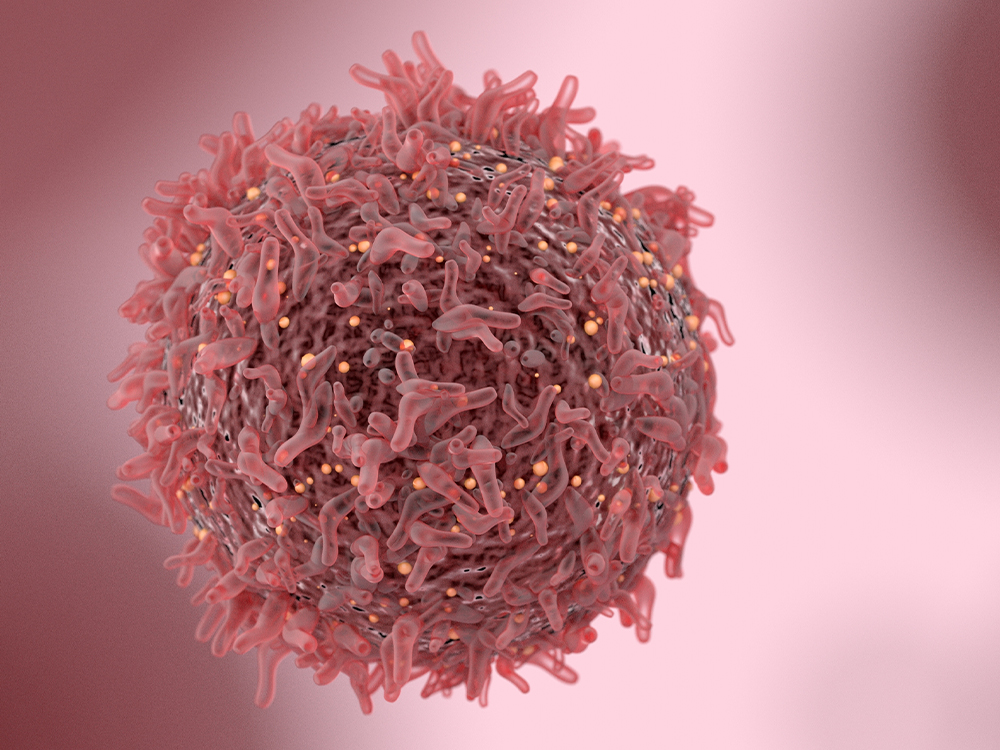UTD Researchers Address Racial Disparity in Breast Cancer Risk Assessment
October Is Breast Cancer Awareness Month
10.20.2022
 From left: Dr. Swati Biswas, doctoral student Ibrahim Sajal and Dr. Pankaj Choudhary.
From left: Dr. Swati Biswas, doctoral student Ibrahim Sajal and Dr. Pankaj Choudhary.
A recent American Cancer Society report on U.S. breast cancer statistics notes that the death rate for Black women remains 40% higher than for white women despite a lower incidence of the disease in Black women.
The study suggests that reducing the mortality rate and racial disparity could be accelerated through measures such as increased access to high-quality screening.
A team of researchers from The University of Texas at Dallas is addressing the problem.
Six years ago they developed a tool to help breast cancer patients — along with their doctors — assess their risk of getting a second breast cancer. The program, called CBCRisk, provides patients with their future risk of getting contralateral breast cancer (CBC) — the development of cancer in the other, healthy breast over time.
But the handful of CBC risk prediction tools used in clinics — including CBCRisk — were produced based on data from mostly white women, even though Black women have a higher rate of developing CBC.
The UTD team of biostatisticians in the School of Natural Sciences and Mathematics recently refined their tool to provide a more personalized risk assessment customized for Black women. Their model, CBCRisk-Black, needs to be validated by further research before it can be used by clinicians. It was described in the journal Breast Cancer Research and Treatment in July.
“The risk of developing CBC is higher for Black women compared to white women, but predicting the risk for a Black woman using existing tools is likely to be inaccurate,” said Dr. Swati Biswas, professor of statistics in the Department of Mathematical Sciences. “So a model focused on Black breast cancer survivors is crucially needed for a more accurate and personalized risk estimation.”
 A cancerous cell is depicted in this illustration. About 1 in 8 women in the United States develop invasive breast cancer during their lives, according to the American Cancer Society. (Illustration/iStock)
A cancerous cell is depicted in this illustration. About 1 in 8 women in the United States develop invasive breast cancer during their lives, according to the American Cancer Society. (Illustration/iStock)
Biswas and Dr. Pankaj Choudhary, professor of statistics, and their former doctoral student Marzana Chowdhury PhD’18 collaborated with clinicians to develop CBCRisk. Chowdhury is a senior manager for biostatistics at Bristol-Myers Squibb Co. Ibrahim Sajal, a doctoral student in statistics, is the first author of the article describing CBCRisk-Black.
CBCRisk uses eight risk factors, but CBCRisk-Black uses just four: breast density, family history, the size of the first breast cancer tumor and age at first diagnosis.
“We saw that with just these four factors we were better able to predict the risk of CBC specifically for Black women,” Choudhary said.
Biswas said one of the challenges to validating their new model is to find large, independent data sets that focus on Black women.
“We also need more data on breast density, which is difficult to get in many cases,” she said.
The UTD research has been funded by the National Cancer Institute at the National Institutes of Health (grant number R21 CA186086).
–Amanda Siegfried
Tags: NSM, Research